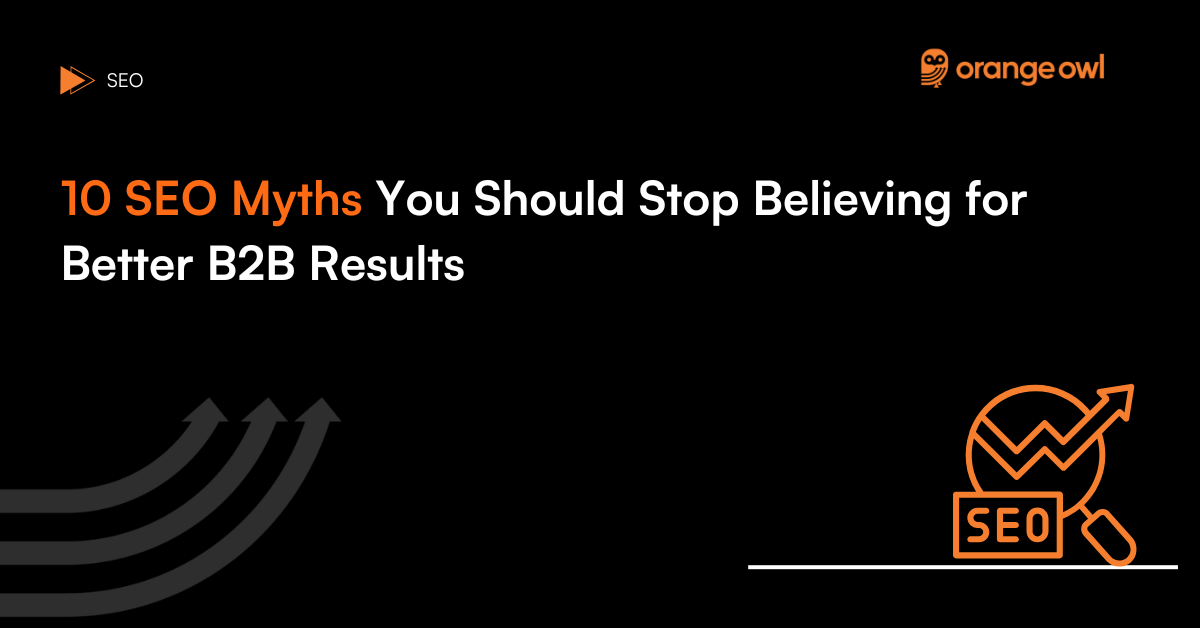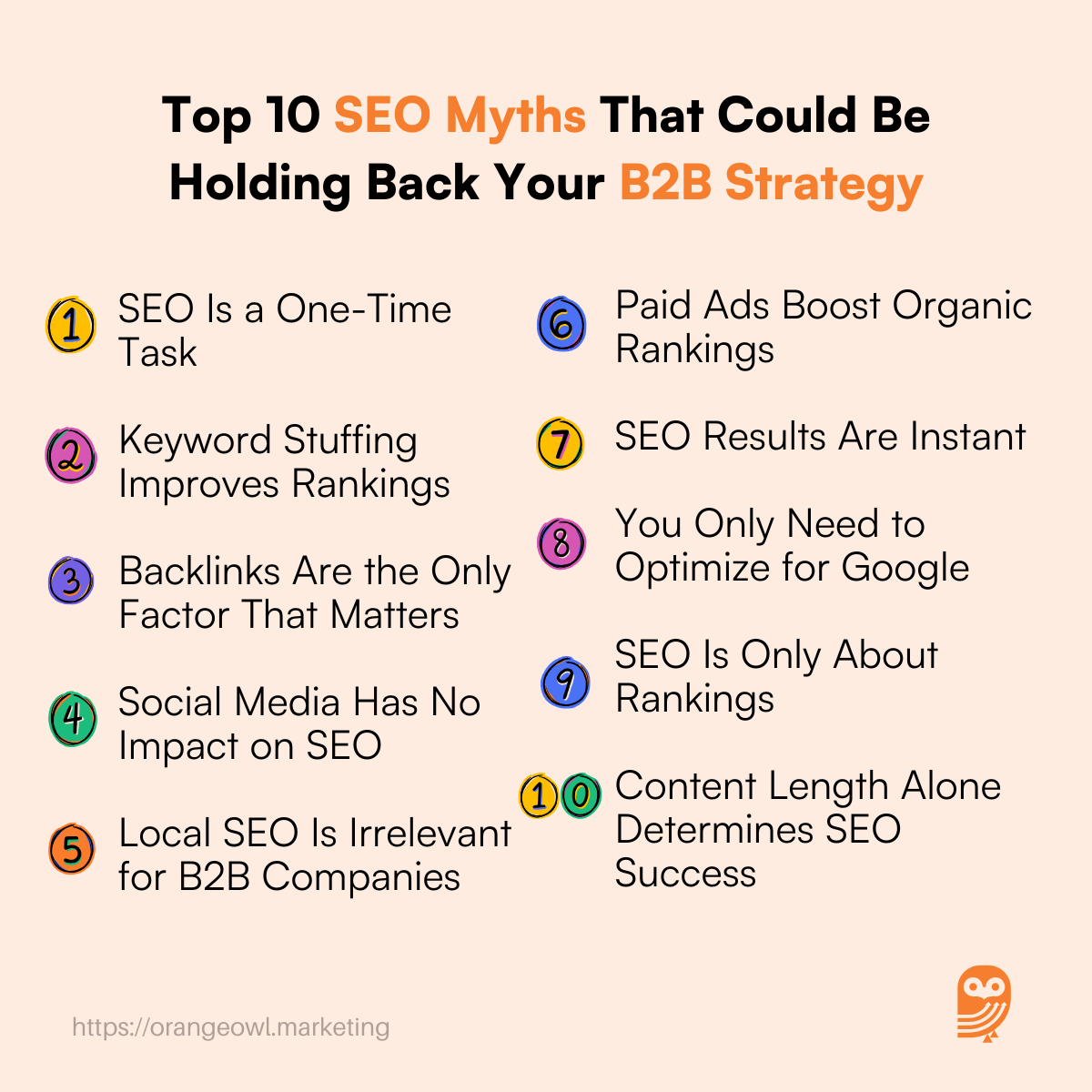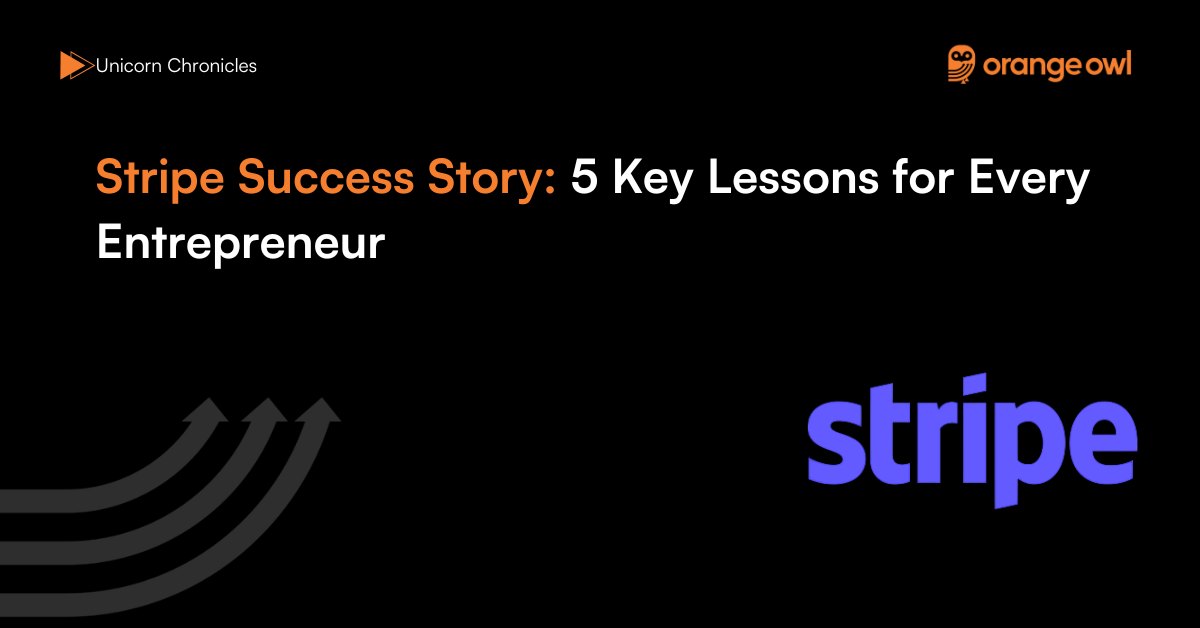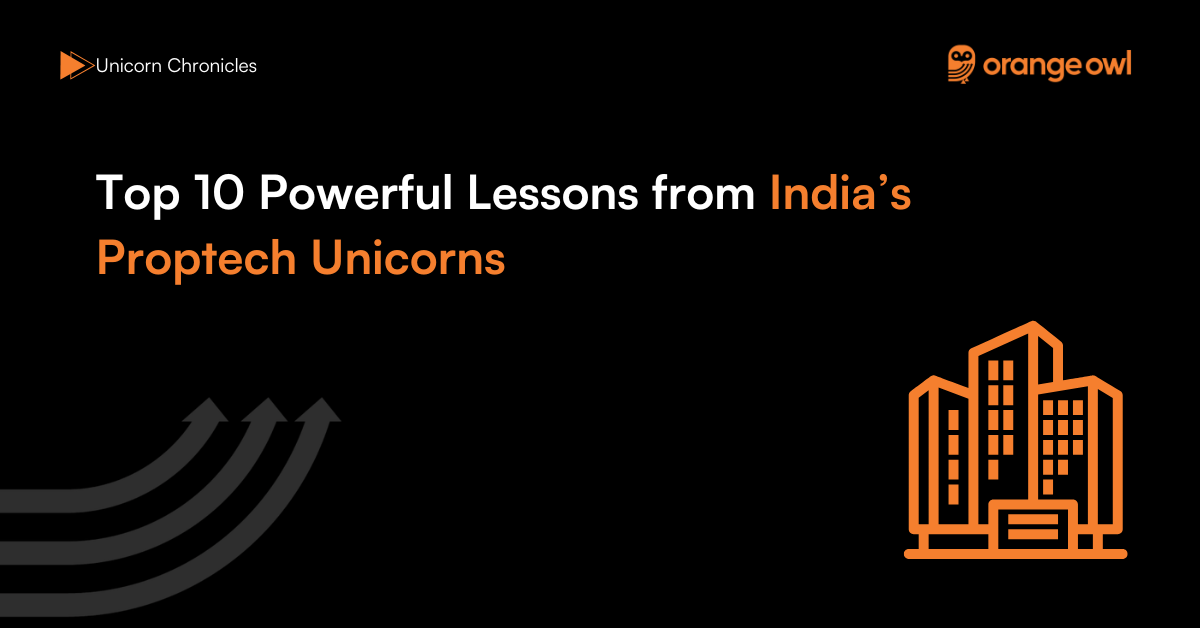10 SEO Myths You Should Stop Believing for Better B2B Results
Vivek Goel
December 13, 2024

Table of Contents
Introduction
In today’s highly competitive and ever-evolving world of B2B marketing, search engine optimization (SEO) has established itself as a cornerstone of success. It’s not just a buzzword; it’s a proven strategy for enhancing online visibility, building authority, and driving qualified leads to your business. A well-executed SEO strategy can empower B2B organizations to connect with their target audience at every stage of the buyer’s journey, fostering long-term relationships and driving growth.
Yet, despite its undeniable importance, SEO remains surrounded by myths and misconceptions that can misguide marketers and create unrealistic expectations. These myths range from oversimplified beliefs like “SEO is a one-time effort” to more complex misunderstandings about keyword relevance or the role of content in rankings. Such misconceptions often lead to wasted resources, missed opportunities, and frustration when desired outcomes aren’t achieved.
This blog seeks to shine a light on these common SEO myths and unpack the realities behind them, particularly in the B2B landscape. By understanding what SEO truly entails, you can craft strategies that align with your business goals and industry nuances. Whether you’re looking to build authority in a niche market, optimize your content for technical buyers, or navigate long sales cycles, this guide will help you cut through the noise and focus on what really matters in SEO for B2B marketing.
Top SEO Myths That Could Be Holding Back Your B2B Strategy
Top SEO Myths 1: SEO Is a One-Time Task
Many B2B marketers believe that SEO is a one-and-done activity. The reality is that SEO requires continuous effort and refinement. Search engines frequently update their algorithms, and competitors constantly optimize their strategies. To stay ahead, B2B marketers must:
- Regularly update content with relevant keywords.
- Conduct periodic technical SEO audits.
- Monitor analytics to adapt strategies based on performance.
Pro Tip: Establish a quarterly review process to assess your SEO strategy and implement changes.
Top SEO Myths 2: Keyword Stuffing Improves Rankings
The days of keyword stuffing—cramming as many keywords as possible into a page—are long gone. Modern search engines prioritize user experience and content relevance over keyword density. For B2B websites, keyword stuffing can harm your rankings and deter potential clients.
Instead, focus on:
- Using keywords naturally within high-quality, informative content.
- Prioritizing semantic search and long-tail keywords tailored to your audience.
Pro Tip: Incorporate keywords strategically in titles, meta descriptions, and headers while ensuring the content flows naturally.
Top SEO Myths 3: Backlinks Are the Only Factor That Matters
While backlinks remain an essential ranking factor, they are not the sole determinant of SEO success. Overemphasis on acquiring backlinks can lead to low-quality link-building practices, which might attract penalties from search engines.
For B2B marketers, a holistic approach works best:
- Create authoritative content that naturally attracts backlinks.
- Focus on technical SEO, such as site speed and mobile optimization.
- Prioritize user engagement metrics like time on page and click-through rates.
Pro Tip: Collaborate with industry partners to publish thought leadership pieces that generate high-quality backlinks organically.
Top SEO Myths 4: Social Media Has No Impact on SEO
Some believe social media has no role in SEO. While social signals (likes, shares, comments) are not direct ranking factors, they amplify content visibility, driving traffic and increasing the likelihood of earning backlinks.
B2B marketers should:
- Share SEO-optimized blog posts on LinkedIn, Twitter, and other platforms.
- Engage with their audience to boost content reach and credibility.
Pro Tip: Use social media analytics to identify high-performing content and repurpose it for SEO campaigns.

Top SEO Myths 5: Local SEO Is Irrelevant for B2B Companies
B2B marketers often dismiss local SEO, assuming it’s only for B2C businesses. However, local SEO can be crucial for B2B companies targeting specific regions or industries.
Implement local SEO by:
- Creating Google My Business profiles.
- Optimizing for location-specific keywords (e.g., “IT consulting in New York”).
- Encouraging client reviews on local directories.
Pro Tip: Use schema markup to highlight location-specific details on your website.
Top SEO Myths 6: Paid Ads Boost Organic Rankings
A common misconception is that investing in pay-per-click (PPC) campaigns directly improves organic rankings. While PPC and SEO can complement each other, paid ads do not influence organic search algorithms.
Instead, use PPC to:
- Drive traffic to landing pages while organic SEO efforts gain traction.
- Test keyword performance before committing to long-term SEO strategies.
Pro Tip: Leverage insights from PPC campaigns to refine your organic keyword targeting.
Top SEO Myths 7: SEO Results Are Instant
In the fast-paced world of B2B, marketers often expect immediate results from their SEO efforts. However, SEO is a long-term game that requires patience and persistence.
On average, significant improvements in rankings take 3 to 6 months. To manage expectations:
- Set realistic KPIs and timelines.
- Communicate the iterative nature of SEO to stakeholders.
Pro Tip: Use analytics to showcase incremental wins, such as increased impressions or improved page rankings, to maintain stakeholder confidence.
Top SEO Myths 8: You Only Need to Optimize for Google
While Google dominates the search engine market, neglecting other platforms like Bing and Yahoo can mean missed opportunities. Additionally, optimizing for alternative search engines like YouTube or industry-specific platforms can enhance visibility.
B2B marketers should:
- Optimize for Bing, which often has a higher market share among older and professional demographics.
- Consider SEO strategies for video content and other niche platforms.
Pro Tip: Tailor your strategy based on where your target audience searches for information.
Top SEO Myths 9: SEO Is Only About Rankings
Focusing solely on rankings can lead to a narrow view of SEO’s potential. For B2B companies, the ultimate goal is lead generation and conversion, not just appearing on the first page of search results.
To maximize SEO’s impact:
- Optimize landing pages for conversion with clear CTAs.
- Use analytics to track metrics beyond rankings, such as bounce rates and lead quality.
Pro Tip: Align your SEO strategy with broader business goals, ensuring every effort contributes to measurable outcomes.
Top SEO Myths 10: Content-Length Alone Determines SEO Success
A widespread belief is that longer content automatically ranks higher on search engines. While comprehensive content often performs well, the quality and relevance of the content matter more than its word count. Search engines prioritize user satisfaction and seek to deliver content that directly addresses user queries.
For B2B marketers, this means:
- Crafting content tailored to the specific needs of your audience, whether short or long.
- Ensuring clarity, accuracy, and actionable insights in every piece of content.
- Focusing on search intent rather than artificially inflating content length.
Pro Tip: Use analytics to identify the preferred content format for your target audience and strike a balance between depth and brevity.
Adding this myth provides a more comprehensive understanding of the misconceptions surrounding SEO, helping B2B marketers make informed decisions about their content strategy.
Conclusion
B2B marketers must navigate the evolving SEO landscape with clarity and focus. By debunking these common myths, you can build a robust SEO strategy that drives real results. Remember, SEO is not a magic bullet but a critical component of a comprehensive B2B marketing plan. Stay informed, stay adaptable, and most importantly, stay customer-focused.
Frequently Asked Questions(FAQs) on Top SEO Myths
In B2B SEO, the target audience is more specific, often involving decision-makers in companies, such as CEOs, managers, or procurement officers, who are looking for detailed, technical, and authoritative content. The focus is on building trust and establishing thought leadership in a specific industry. B2B SEO also tends to target longer-tail keywords, as B2B buyers often conduct more in-depth research before making purchasing decisions. In contrast, B2C SEO focuses on a broader audience, aiming to attract individuals with a quicker purchase cycle. B2C content tends to be more emotional, direct, and oriented toward immediate sales or consumer actions.
Yes, small B2B businesses can compete with larger enterprises in SEO by strategically focusing on niche markets, local SEO, and content that resonates with a specialized audience. While large enterprises may have more resources to invest in SEO, small businesses can gain a competitive advantage by creating highly relevant and targeted content that addresses specific pain points and needs of their niche. They can also optimize their websites for long-tail keywords that are less competitive but still drive highly qualified traffic. Local SEO efforts, like optimizing for location-based searches and maintaining a Google My Business profile, can further increase visibility in their geographic area.
Technical SEO is essential for B2B websites, especially because many B2B websites tend to have complex structures and vast amounts of content. A well-optimized technical foundation ensures that search engines can crawl, index, and rank pages effectively, making it easier for potential clients to find relevant information. For example, technical SEO includes improving site speed, fixing broken links, enhancing mobile optimization, implementing proper URL structures, and using schema markup to enhance visibility. B2B websites often deal with multiple product categories, case studies, whitepapers, and client testimonials, and ensuring these elements are optimized for search engines can significantly improve their ability to rank and attract high-quality leads.
User intent is central to B2B SEO because understanding the specific needs and goals of your target audience at various stages of their buying journey allows you to create content that resonates with them. In B2B, user intent typically revolves around finding solutions to business challenges, researching vendors, or evaluating service offerings. For instance, a potential client looking to purchase software may start with broad informational searches like “benefits of AI in business,” move to comparison-based queries like “best CRM software for small businesses,” and eventually conduct product-specific searches such as “pricing for Salesforce CRM.” Understanding these shifts in intent helps you tailor your content to provide the right information at the right time, increasing the likelihood of conversions.
While meta descriptions don’t directly impact search rankings, they play a crucial role in influencing click-through rates (CTR), which can indirectly affect rankings. A well-crafted meta description acts as a preview of your page’s content and entices searchers to click on your link rather than competitors’ links. In B2B SEO, where the target audience is often highly discerning and looking for specific, relevant solutions, meta descriptions are your opportunity to grab attention by clearly describing the value proposition of your content. A good meta description should include targeted keywords, provide a compelling reason for users to click, and be concise (around 150-160 characters) to fit within search engine results.
Content marketing and SEO are complementary strategies that can drive greater success when combined. Content marketing creates valuable, informative, and engaging resources that attract and nurture potential leads, while SEO ensures that this content is discoverable by search engines and potential clients. In B2B, content marketing includes case studies, blog posts, whitepapers, and other educational resources that help establish thought leadership and build credibility. SEO ensures that this content is optimized with the right keywords, properly structured with internal and external links, and aligned with user intent, increasing its visibility in search engine results. When executed together, SEO and content marketing not only improve rankings but also enhance lead generation and long-term customer relationships.
As voice search continues to grow, especially among professionals using devices like smartphones, tablets, or smart speakers, optimizing for voice search becomes increasingly relevant in B2B SEO. Voice searches tend to be longer and more conversational, with users asking questions like, “What are the best CRM solutions for small businesses?” or “How do I integrate AI in my marketing strategy?” By optimizing for natural language and question-based queries, B2B marketers can capture traffic from voice searches. This may involve focusing on long-tail keywords, ensuring your content provides direct answers to frequently asked questions, and implementing structured data (schema markup) to help search engines understand and present your content in voice search results.
Mobile optimization is vital for B2B websites because more professionals are using mobile devices to research products and services while on the go. A mobile-friendly website ensures a seamless user experience, which can help increase engagement and reduce bounce rates. Search engines, particularly Google, also prioritize mobile-first indexing, meaning they evaluate the mobile version of your website for ranking purposes. If your B2B website isn’t optimized for mobile, it may not only impact user experience but also hinder your ability to rank in search engine results. Ensuring your site is responsive, loads quickly, and offers easy navigation on mobile devices is essential for both user satisfaction and SEO performance.
Some emerging SEO trends for B2B marketers include:
- AI-powered SEO: Leveraging artificial intelligence to optimize content creation, analyze search patterns, and predict trends.
- Featured Snippets and Structured Data: Optimizing content to appear in Google’s featured snippets or “answer boxes,” enhancing visibility and providing quick answers to user queries.
- Video SEO: As video content becomes more popular, optimizing videos for search engines through accurate titles, descriptions, tags, and transcripts is critical.
- Account-Based Marketing (ABM) Integration: Aligning SEO efforts with ABM strategies to target specific companies with tailored content.
- Mobile-First and Voice Search Optimization: Focusing on mobile optimization and targeting voice search queries to capture more traffic.
Measuring the ROI of SEO in B2B marketing involves tracking a combination of quantitative and qualitative metrics, such as:
- Organic Traffic: The number of visitors coming from search engines to your website, indicating the effectiveness of your SEO efforts.
- Lead Conversion Rates: The percentage of visitors who take a desired action, such as filling out a contact form or requesting a demo.
- Cost Per Lead (CPL): The cost of acquiring a lead through organic search versus paid campaigns.
- Keyword Rankings: Tracking improvements in keyword rankings for high-priority search terms.
- Revenue Attribution: Linking organic search traffic to actual sales or business opportunities. Using tools like Google Analytics and CRM software helps assess how organic search contributes to the overall revenue generation process.


